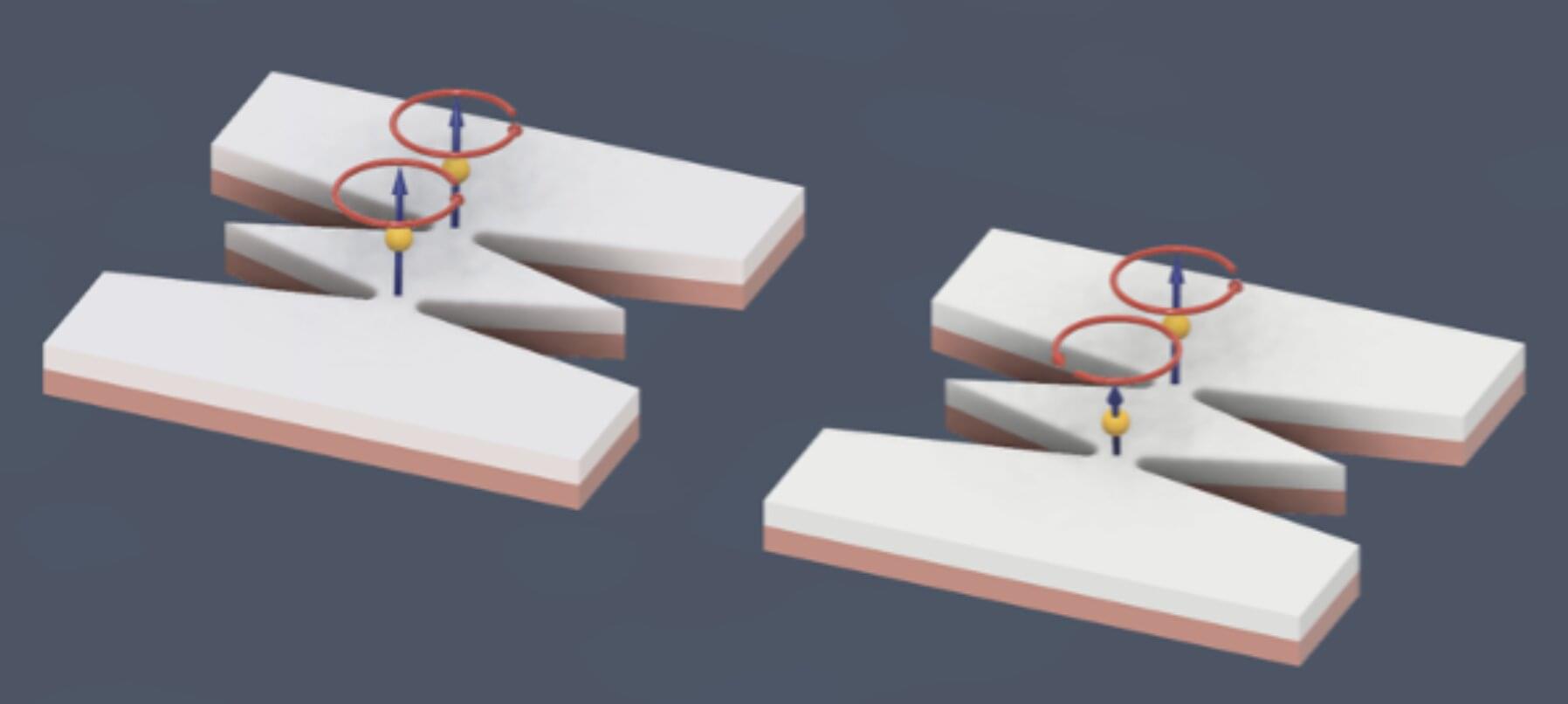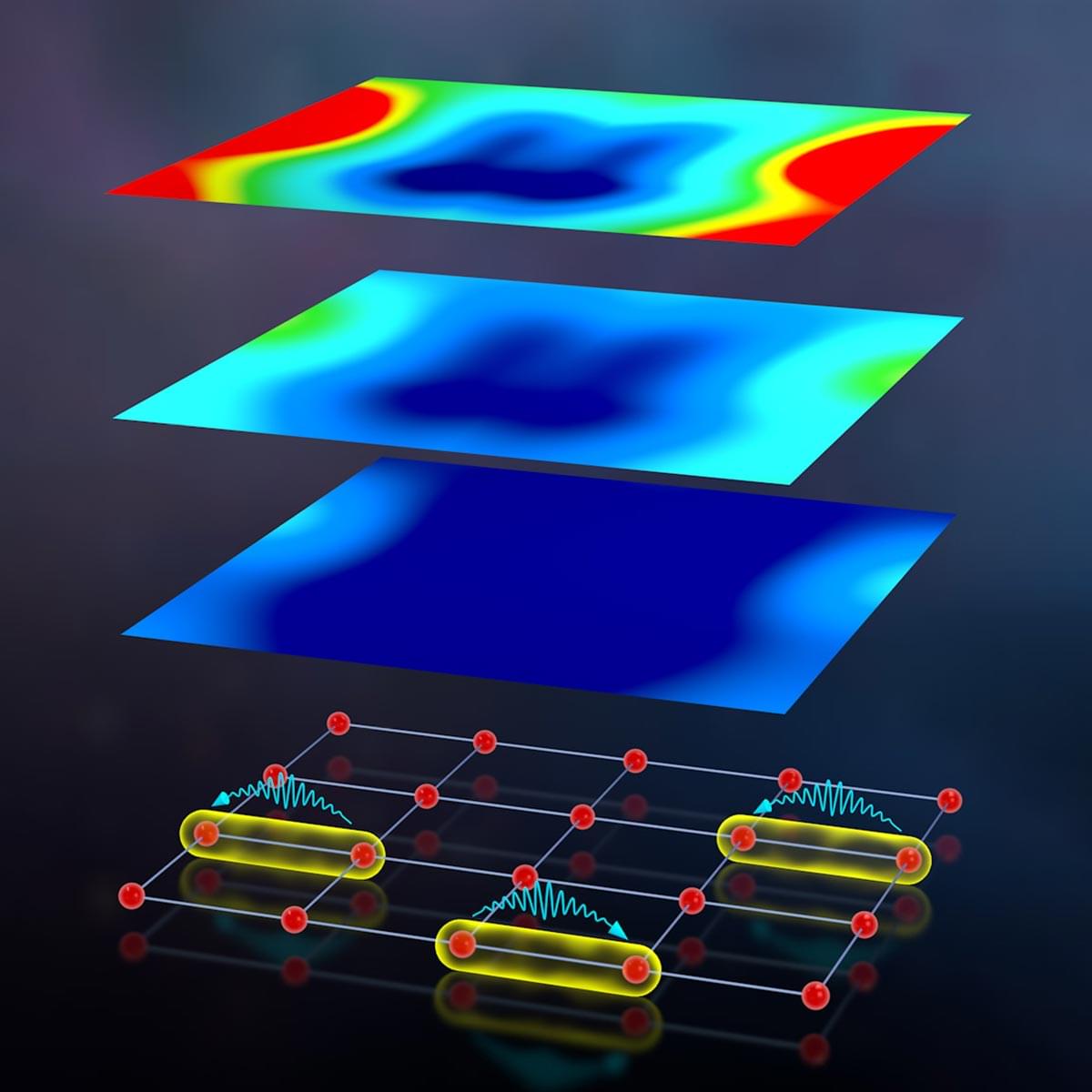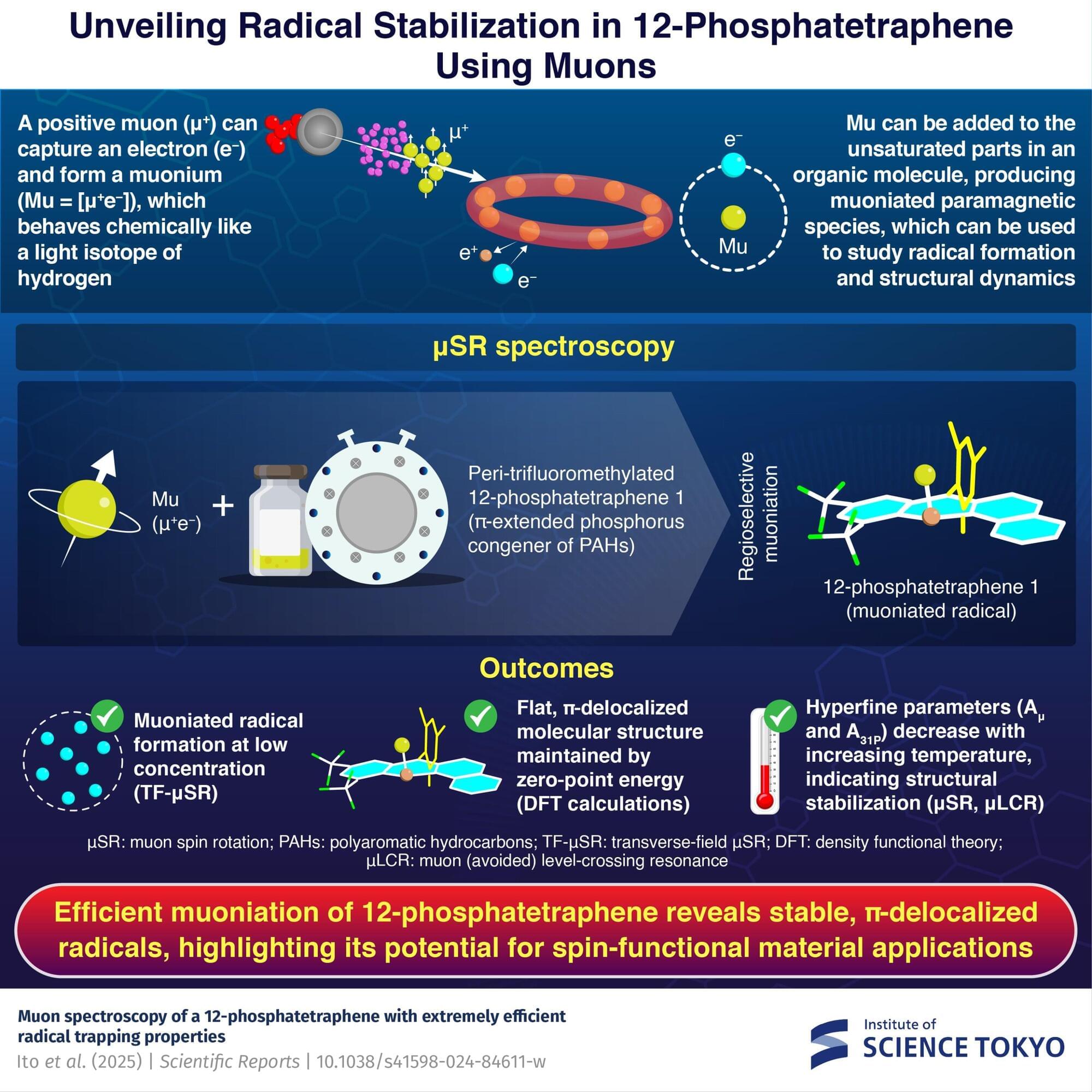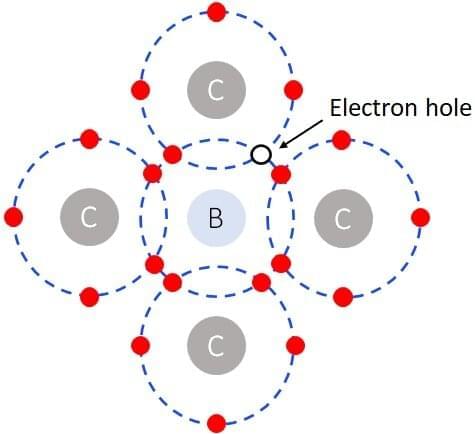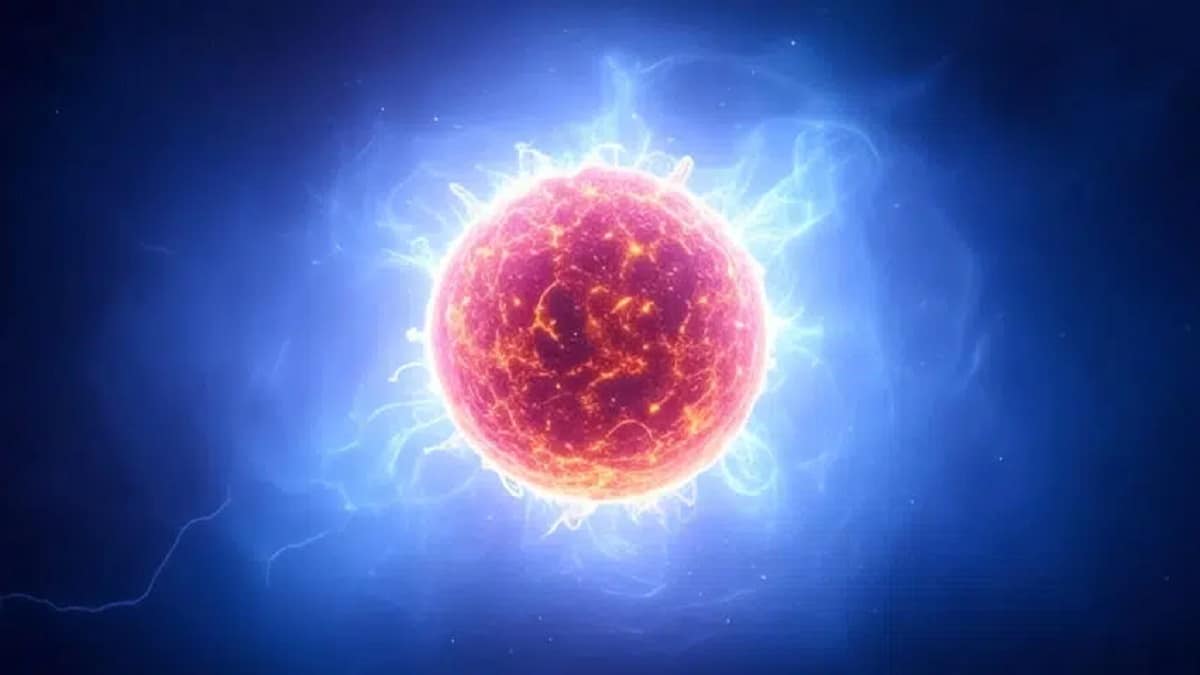Spin Hall nano-oscillators (SHNOs) are nanoscale spintronic devices that convert direct current into high-frequency microwave signals through spin wave auto-oscillations. This is a type of nonlinear magnetization oscillations that are self-sustained without the need for a periodic external force.
Theoretical and simulation studies found that propagating spin-wave modes, in which spin waves move across materials instead of being confined to the auto-oscillation region, can promote the coupling between SHNOs.
This coupling may in turn be harnessed to adjust the timing of oscillations in these devices, which could be advantageous for the development of neuromorphic computing systems and other spintronic devices.
